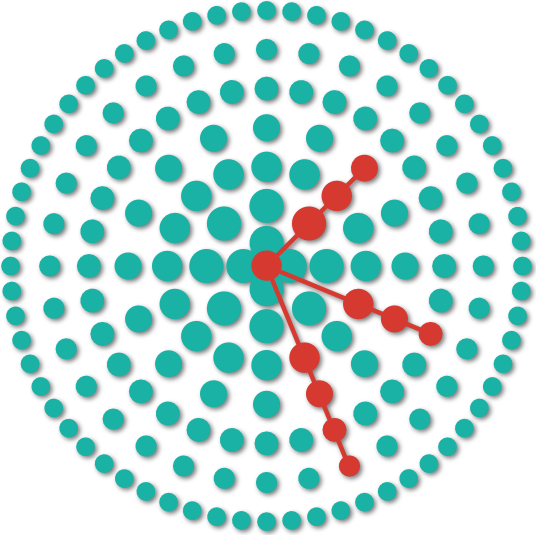Trigeminal Neuralgia: Understanding the Excruciating Facial Pain
Understanding Trigeminal Neuralgia
Trigeminal neuralgia, also known as tic douloureux, is a neurological disorder that affects the trigeminal nerve, which is responsible for transmitting sensory information from the face to the brain. This condition is characterized by sudden and intense facial pain, often described as stabbing, electric shock-like sensations, which can be triggered by seemingly innocuous activities such as speaking, eating, or even a gentle touch.
The Trigeminal Nerve: An Overview
To grasp the intricacies of TN, it’s essential to understand the trigeminal nerve’s structure and function. The trigeminal nerve is the largest cranial nerve and consists of three main branches: the ophthalmic nerve (V1), the maxillary nerve (V2), and the mandibular nerve (V3). These branches innervate various regions of the face, including the forehead, cheek, jaw, and teeth.
Causes and Risk Factors
Compression of the TN : The most common cause of trigeminal neuralgia is believed to be the compression of the TN by nearby blood vessels, leading to irritation and dysfunction.
Nerve Damage: In some cases, damage to the trigeminal nerve due to an injury or underlying medical condition, such as multiple sclerosis, can trigger the onset of trigeminal neuralgia.
Age and Gender: Trigeminal neuralgia is more prevalent in individuals over the age of 50, and women are slightly more likely to develop the condition than men.
Symptoms and Diagnosis for Trigeminal Neuralgia
Trigeminal neuralgia primarily manifests as severe, sudden facial pain, typically affecting one side of the face. The pain can be triggered by everyday activities, including eating, talking, or even exposure to a light breeze. Other common symptoms include:
- Intermittent or constant facial pain
- Episodes of pain lasting from seconds to minutes
- Pain localised to specific areas of the face
- Facial twitching or muscle spasms
To diagnose TN , your healthcare professional will perform a comprehensive evaluation, including a thorough medical history review, physical examination, and, in some cases, imaging tests such as magnetic resonance imaging (MRI) or computed tomography (CT) scans. These tests help rule out underlying causes and pinpoint any abnormalities or compression affecting the trigeminal nerve.
Treatment Options
Managing trigeminal neuralgia involves a multidimensional approach tailored to each individual’s specific needs. The primary goals of treatment are to alleviate pain, reduce the frequency and intensity of trigeminal neuralgia episodes, and improve the overall quality of life. Treatment options may include:
Medications: Anticonvulsant medications, such as carbamazepine and gabapentin, are commonly prescribed to help control pain and manage trigeminal neuralgia symptoms.
Nerve Blocks: Injecting an anaesthetic or a corticosteroid near the affected trigeminal nerve can provide temporary pain relief and interrupt the nerve signals responsible for triggering trigeminal neuralgia episodes.
Surgical Interventions: In more severe cases or when conservative measures fail to provide adequate relief, surgical interventions may be considered. Procedures such as microvascular decompression (MVD), where the compressing blood vessel is repositioned, or radiosurgery, such as gamma knife radiosurgery, can help alleviate symptoms and prevent future episodes.
Alternative Therapies: Complementary approaches, including acupuncture, biofeedback, and transcutaneous electrical nerve stimulation (TENS), may offer additional pain relief and improve overall well-being. These therapies can be used in conjunction with medical treatments to provide a holistic approach to managing trigeminal neuralgia.
Living with Trigeminal Neuralgia
Trigeminal neuralgia can significantly impact a person’s quality of life, leading to physical, emotional, and social challenges. However, with proper management and support, individuals with trigeminal neuralgia can find ways to cope and improve their well-being. Here are some strategies that may help:
Pain Management Techniques: Exploring relaxation techniques, such as deep breathing exercises or meditation, can help reduce stress and alleviate pain. Applying heat or cold packs to the affected area may also provide temporary relief.
Support Networks: Joining our regional support groups or our  helpline can be beneficial for individuals living with TN. Connecting with others who share similar experiences can provide emotional support, information exchange, and a sense of belonging.
helpline can be beneficial for individuals living with TN. Connecting with others who share similar experiences can provide emotional support, information exchange, and a sense of belonging.
Adopting a Healthy Lifestyle: Maintaining a balanced diet, engaging in regular physical activity, and getting sufficient sleep can contribute to overall well-being and help manage trigeminal neuralgia symptoms.
Trigeminal Neuralgia joining TNA can help
In conclusion, TN is a complex condition characterized by excruciating facial pain. Through our comprehensive guide, we aimed to provide you with a detailed understanding of this condition, including its causes, symptoms, diagnosis, and treatment options. By consistently delivering valuable, well-researched content, we strive to outrank other websites and become your go-to source for reliable information on trigeminal neuralgia. Remember, if you or a loved one are experiencing facial pain or suspect trigeminal neuralgia, it is crucial to consult with a healthcare professional for an accurate diagnosis and personalized treatment plan.

